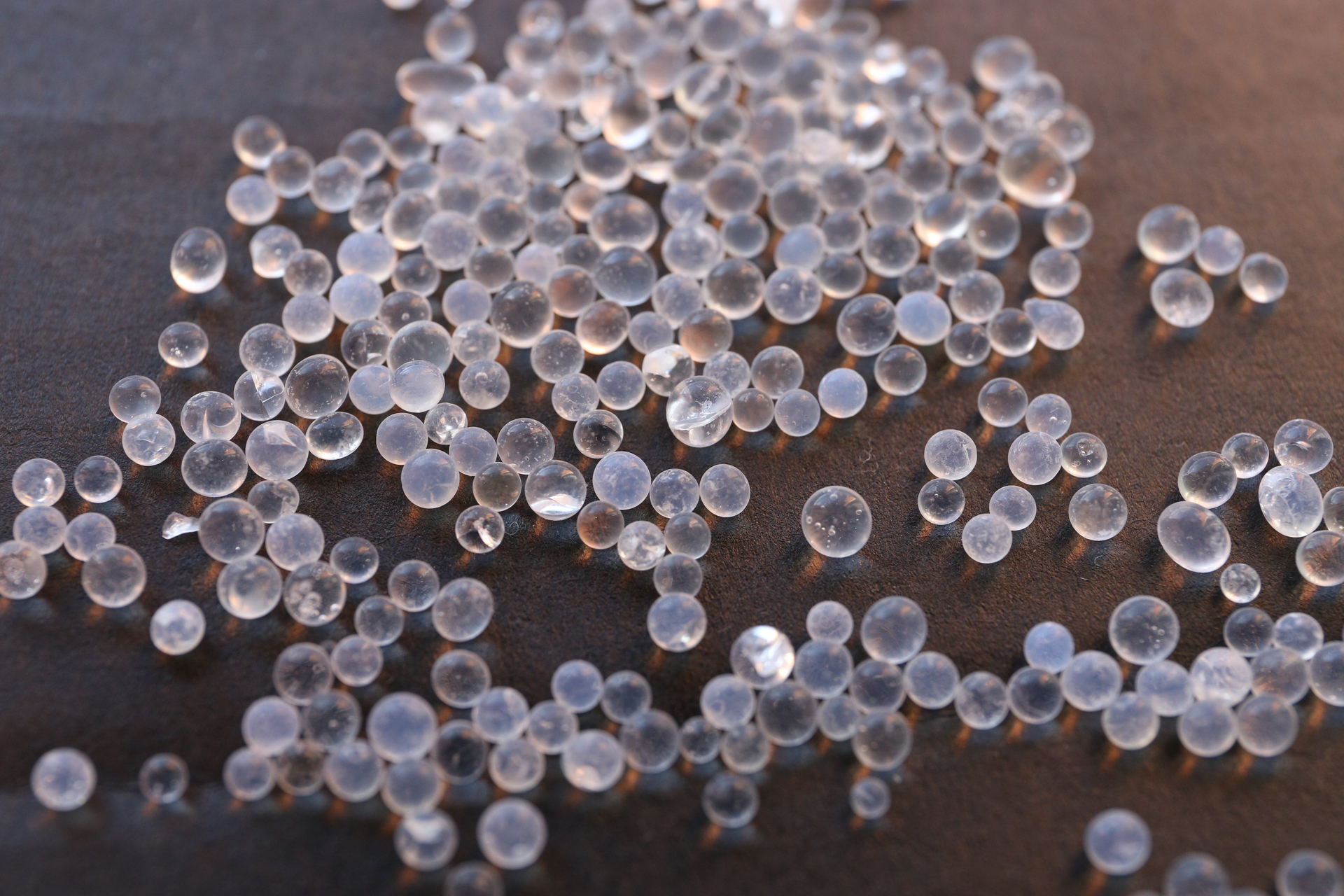Scientists from the laboratory of catalytic research at the Faculty of Chemistry of Tomsk State University have developed a new technology for the production of silica gel from diatomite and mining waste.
According to them, domestic silica gel will be able to completely replace foreign analogues in the Russian market.
This was reported by the press service of TSU.
To create silica gel, the researchers used powders from mining waste - sistof and natural material diatomite.
The main component of these powders is silicon oxide, which is silica gel.
The powders were boiled in alkali, resulting in a liquid solution of silicon.
After that, the scientists added an acid of a certain concentration to the solution and obtained silica gel in the form of powder and granules.
Silica gel in the form of granules
Gettyimages.ru
© Mgr.
Jakub Cuba / EyeEm
As noted in a conversation with RT, the project manager, senior researcher at the LCI HF TSU Grigory Mamontov, due to the sanctions, the supply of silica gel from Europe to Russia has ceased.
Today, China is the main supplier of silica gel to the Russian Federation.
However, Chinese companies raised the price by 1.5 times.
According to Tomsk scientists, the silica gel they created can completely replace foreign analogues.
“The annual import of silica gels to Russia exceeds 55,000 tons. Of these, more than 38,000 tons are precisely powdered silica gels, which are supplied mainly from Germany, Poland and France.
In conditions of high dependence on imports, the emergence of domestic production of silica gels is extremely necessary.
For example, this product is needed by the tire industry.
The use of silica gel not only makes the tire more environmentally friendly, but also improves grip on dry and wet road surfaces.
The controllability of the car and the safety of people directly depend on this,” Grigory Mamontov explained.
Gettyimages.ru
© Juanmonino
The scientists note that their method of making silica gel is cheaper and safer than the traditional method using silica sand.
As Grigory Mamontov said in an interview with RT, it is soon planned to introduce a new method for producing silica gel in production.

